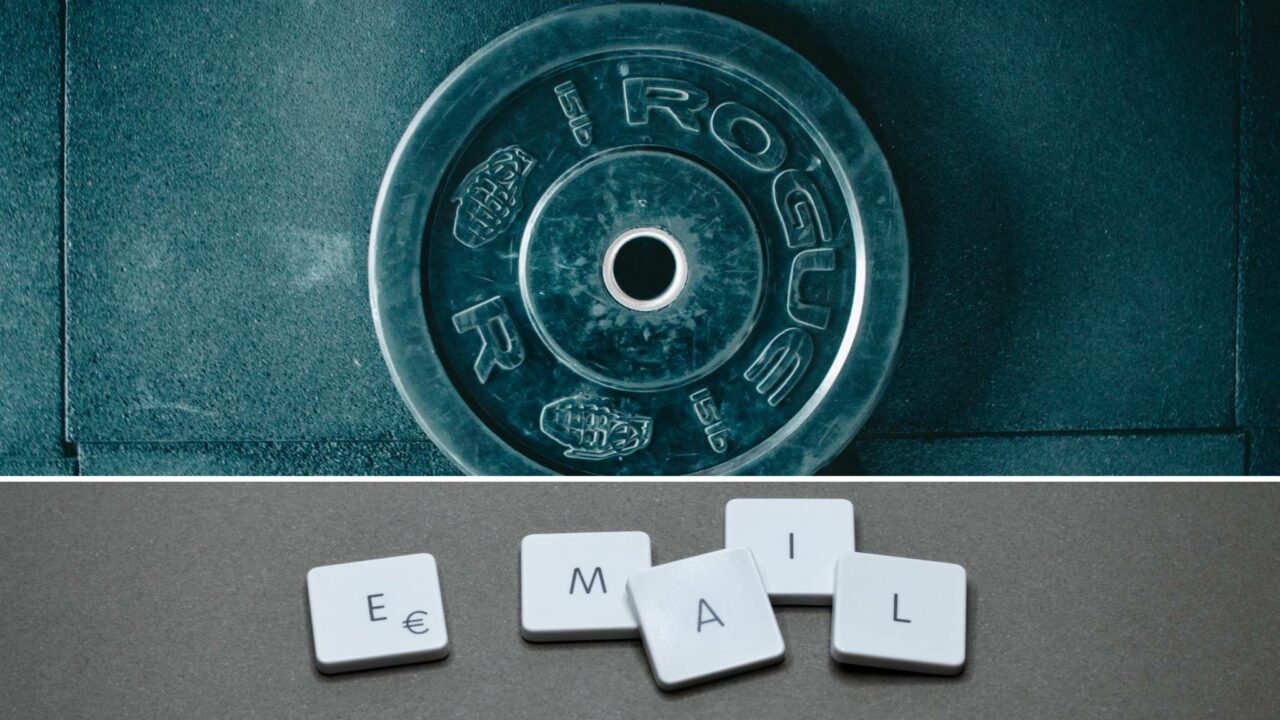Email Marketing for Martial Arts Schools

Imagine you’ve had a wonderful date with someone, and at the end of that date that someone asks, “Will you marry me?”
You don't ask someone to be in your wedding or the godparent to your child as soon as you meet them. Instinctually, we understand that there is something "off" or suspicious about someone who discloses too much personal information or asks of us things normally reserved for close friends or family.
Likewise, good salesmen don't come out and ask for a sale as soon as they meet a prospect. Instead, they make a connection and then gradually build a relationship and earn their trust. Only after they've earned that trust do they ask for a sale.
This process is sometimes called "warming up." A cold prospect is a prospect that doesn't know you. A warm prospect is a prospect that knows you, and as a result, is inclined toward you in some way.
While it’s possible to get people to sign up on your email list without offering them anything useful, the best and most popular way to do this is to offer them a lead magnet from your website or from an advertisement meant to capture email subscribers. A lead magnet is a piece of content, like a report, checklist, or audio/visual recording that offers prospects something of great value to them.
This article will refer to lead magnets as part of the email marketing process, but will focus more on the actual emails and campaign design than what goes into creating assets that get subscribers onto the list in the first place. If you want more information on how to create “mouth watering” lead magnets and maximize your campaigns with direct-response marketing, read our helpful article on direct-response marketing.
Get Them to Like You...with Email
Email is the most scalable and versatile way to start warming up potential members to your martial arts gym. But nobody has the time to wait by the computer day and night responding to all the email opt-ins that come through their websites.
That’s where email automation becomes essential, a functionality that Gymdesk now proudly offers its users. Email automation allows you to set pre-written emails to send by themselves based on either a trigger or a scheduled date/time. You can put together entire sequences of these automatic emails to fire by themselves to communicate with potential (or current) clients -- even while you’re asleep.
That said, simply writing a string of emails to automatically release when someone signs up to your email list doesn’t help you. There’s a tried-and-true strategy that virtually all savvy marketers use to sequence and time their automatic email campaigns.
In this article, I’ll do my best to summarize that strategy for you in a way most useful to martial arts gyms.
The Welcome Sequence
First impressions are everything, even with emails.
Would you tell a first date about your deepest, darkest secrets? Of course not. You wouldn’t even tell that person most of what’s going on in your life, much less the most intimate details.
With a good welcome email sequence, you never want to hit readers with everything at once. So your very first email should briefly explain who you are and what your school is about.
But a word of advice here. You don’t want to run through all of your credentials -- it’s pompous, and it’s also unimportant to most prospective members to your gym. Summarize the most important points; but most importantly, explain what your place is about. Showing the reader the type of culture your martial arts school has is one of the most powerful ways to incline them toward you.
Finally, if you send a welcome email before you deliver a promised lead magnet, be upfront and clear that the reader can expect to receive that asset within the next 2-5 minutes. Setting this expectation is important because if you don’t let them know what’s going on, they’ll assume they’ve been tricked.
To put things in clearer terms, a solid welcome sequence might look like this:
- Welcome email
- Deliver the content asset a couple minutes later (if you take a direct response route)
- An email follow-up with more useful information
- An email follow-up with even more useful information
- Trial or program offer letter
There’s nothing wrong with trying other structures, but this one is widely used in one form or another across the marketing industry. Why reinvent the wheel?
Automating Lead Conversion
Automatic email sequences don’t end at the welcome sequence. You can map out sequences that activate and take over once the welcome sequence has finished sending.
You can begin sending conversion emails trying to get prospects to sign-up for trial classes or courses as early as the end of your welcome sequence. But the real magic is in designing follow-up sequences that continue to offer value to the client and then ask for a conversion to trial program on a regular basis.
Think of these follow-ups like cycles. Each cycle follows a predictable sequence: value, value, value, ask for sale. In the value articles, don’t emphasize buying. Just offer good, helpful content that your prospect is likely to need.
In fact, not every “value” email needs to be an ebook, report, whitepaper, checklist, video, or any other sort of download. You can simply write a piece of useful or practical information, or an encouraging story, in the body of the email itself without any outlinks.
“Value-Sale” cycles should follow roughly the same structure, and look something like this:
- Another useful piece of content
- An email that contains useful content (a tip, an anecdote, etc.)
All of this works much, much better when your email software is fully integrated with your gym management software.
Powerful Email Copywriting Quick Tips
Email copywriting is an art in itself. But you don’t need to know all the cool techniques and the marterful turns of phrase to write good, compelling emails that get your results.
Practice is what creates skill. Practice writing emails (it’s fun, I promise) with these powerful guiding principles in mind:
- Friendly, conversational tone. Write as if you’re having a casual and positive conversation with your closest friend. You should come off as warm and engaging, not stiff, academic, businesslike, or any other sort of tone. Using colloquialism and technically nonstandard English is totally okay here as long as it sounds like a real person would say it.
- Storytelling. Tell a story related to the subject or intention of that email. In an autoresponder series I wrote for a company that sells corporate self-defense seminars, I told the true story of a woman who survived an attack thanks to a workplace self-defense seminar she happened to take a couple weeks before. This is a powerful lead-in to asking for a seminar purchase.
- Concision. While long sales-oriented emails can work, most of your emails should be short and sweet. Tell the story, be clear about the message, and ask for the action you want (clicking through to resource, sign-ups, purchase, etc.). Shorter emails also help ensure that you don’t ramble or confuse readers by going off into tangential points, a mistake that will diminish the effectiveness of that email.
- One “Call to Action” per email. Determine the goal of each email you write before you write it. Don’t try to stuff each email with every service, product, or program you have to offer. If your intent with a given email is to get a trial sign-up, that should be the only thing you ask the reader to do in that email.
- Ask more than once. While you should have one goal, and one call to action, per email, you should be sure to ask the reader to make that action more than once inside that email. Two times should suffice, but if the email is on the longish side, you might need three calls-to-action.
No matter what type of email you’re writing, you want to limit confusion and be clear about what it is you’d like the reader to do upon reading it. As established in previous sections, you want those actions to gain the trust and good will of the prospective client by offering a resource or piece of content of value to them. Then, after 2 or 3 “value-add” emails, confidently ask for a sign-up or purchase.
Conclusion
Email is one of the most powerful and cost-effective ways to develop your leads and keep your new membership pipeline full. But because it can be automated, it’s also one of the most scalable and time-saving ways to maximize all your marketing efforts and simplify things for the employees that handle sales for your martial arts school.
Overall, you want to use lead magnets and other valuable content pieces to build your credibility and trust with your new leads. Once you’ve offered 2-3 emails with that valuable content, ask for a signup or purchase. If the lead does not convert on that email, repeat the cycle by continuing to send valuable content and periodically asking for a conversion again.
This article is part of a broader series on martial arts marketing. Click here to check out our guide, “Martial Arts Marketing: The Ultimate Guide.”
To find out more on how our software helps enhance marketing for martial arts schools, check out our Gymdesk martial arts page.
Gym management software that frees up your time and helps you grow.
Simplified billing, enrollment, student management, and marketing features that help you grow your gym or martial arts school.





